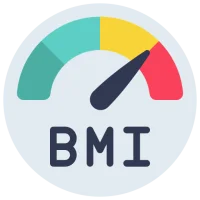Blood Bank
2 min read A blood bank is a facility that collects, tests, processes, stores, and distributes blood and blood components for transfusion. These establishments play a crucial role in healthcare by ensuring a steady supply of safe blood for patients in need, such as those undergoing surgery, trauma victims, or individuals with certain medical conditions. October 29, 2024 11:20
### Key Functions of a Blood Bank:
1. **Collection**: Blood banks organize donation drives and maintain a network of donors to gather blood safely.
2. **Testing**: Collected blood is rigorously tested for infectious diseases, blood type, and other safety parameters to ensure it is safe for transfusion.
3. **Processing**: Blood is separated into its components (red cells, platelets, plasma) to meet specific medical needs.
4. **Storage**: Processed blood and its components are stored under controlled conditions to maintain their viability until needed.
5. **Distribution**: Blood banks supply hospitals and clinics with blood products as required, often on an urgent basis.
6. **Education and Outreach**: Many blood banks engage in public education campaigns to encourage blood donation and raise awareness about the importance of blood safety.
### Importance of Blood Banks:
- **Life-Saving Resource**: Blood banks are vital in emergency situations, surgeries, and treatments for conditions like anemia and cancer.
- **Safety and Compliance**: They adhere to strict regulatory standards to ensure the safety and quality of blood products.
- **Community Support**: By fostering a culture of donation, blood banks build a sense of community and encourage civic responsibility.
Overall, blood banks are essential components of the healthcare system, ensuring that blood and its components are available for those who need them most.







